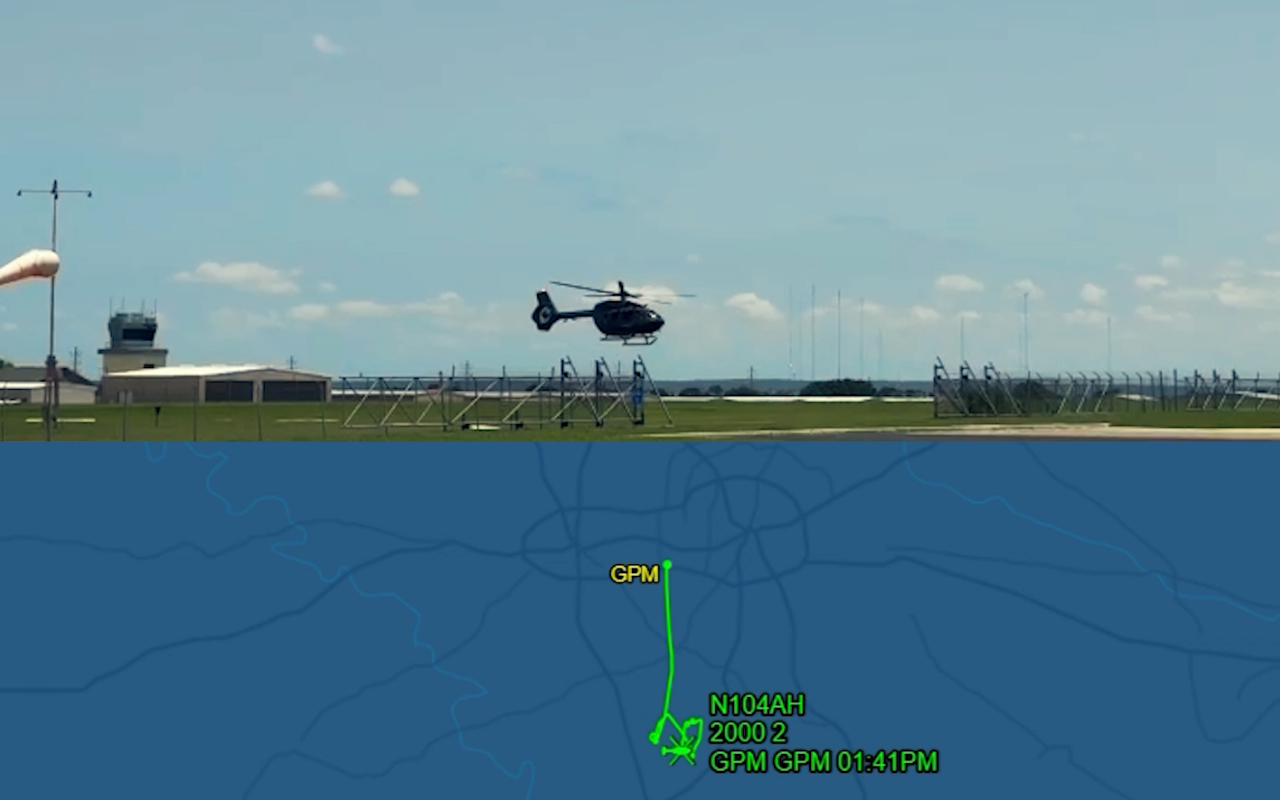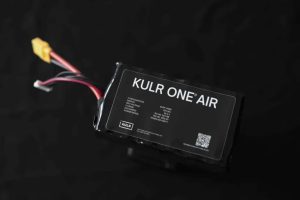Airbus and Shield AI Set a New Standard in Autonomous Aerial Logistics
In a remarkable achievement, Airbus and Shield AI have conducted the first autonomous helicopter flight for aerial logistics. This feat was made possible by integrating Shield AI’s advanced Hivemind autonomy system into an Airbus H145 helicopter. Serving as a surrogate for the future MQ-72C Lakota Connector, this test signifies a major step in the U.S. Marine Corps’ Aerial Logistics Connector (ALC) program, indicating a groundbreaking shift towards autonomous flight in military logistics.
Why Is This Flight Significant?
Consider a helicopter that can take off, navigate complex routes, and land without a pilot—operating solely on intelligent software and dependable engineering. This is what Airbus and Shield AI demonstrated in Grand Prairie, Texas, in June 2025. Key aspects of this landmark test included:
- The H145 flew fully autonomously, with Shield AI’s Hivemind system serving as its virtual pilot.
- The mission featured automatic takeoffs, landings, and essential tasks, all managed by the software in conjunction with Airbus’ Helionix avionics suite.
- The entire autonomy integration was completed in less than two months, a testament to the efficiency and complexity of the project.
This achievement is not just about showcasing technology; it’s a transformative leap towards deploying the MQ-72C Lakota Connector. This unmanned helicopter is designed to autonomously transport critical supplies to areas too hazardous or remote for human pilots. Such advancements could enhance logistical operations with quicker resupply times, reduced risks to personnel, and robust presence in contested zones.
The Execution Behind the Test
- The Helicopter: Airbus selected the versatile H145, a proven performer in both civil and military contexts, as the test platform for the new MQ-72C Lakota Connector. This choice ensured rapid testing cycles and minimized risks by refining an established design.
- The Brain: Shield AI’s Hivemind system transcends typical autopilot technology. It’s an AI agent capable of learning, adapting, and making real-time decisions during flights, thus handling takeoffs, landings, and any dynamic changes in the mission.
- The Partnership: Airbus, a leader in the aerospace industry, paired with Shield AI, a specialized autonomy startup, to merge reliable hardware with pioneering autonomy technologies. This collaboration is celebrated as an example of innovation and focus within the aerospace sector.
The Future with MQ-72C and Marine Logistics
- The MQ-72C Lakota Connector is intended as the U.S. Marine Corps’ answer to autonomous logistical challenges. This aircraft, based on the UH-72 Lakota, is envisioned to autonomously transport cargo from ships to shore or between forward bases.
- The ALC program advances quickly under the Rapid Prototyping initiative by the U.S. Navy, aiming for operational autonomous rotorcraft by 2029.
- Shield AI’s Hivemind will be integrated into future MQ-72C airframes and can be adapted for other aircraft, enabling scalable and flexible fleet autonomy.
Real-World Applications and Advantages
- Disaster Relief: Envision autonomous helicopters swiftly delivering medical supplies and food to areas struck by hurricanes, where landing poses a risk even for skilled pilots.
- Combat Logistics: In active conflict areas, these unmanned connectors could deliver necessary supplies without endangering human lives, significantly impacting the efficiency of resupply operations.
- Humanitarian Aid: Beyond military utility, this technology empowers NGOs and government bodies to deliver aid in challenging terrains, turning what seems like science fiction into reality today.
Industry Insights
Gary Steele, CEO of Shield AI, expressed that the test validates “adaptable, intelligent flight across various aircraft,” underscoring Hivemind’s adaptability. Rob Geckle, CEO of Airbus US Defense, remarked, “We are integrating industry-leading expertise to produce an aircraft that redefines how unmanned operations contribute to logistics missions.” Both leaders stress this test as merely the beginning, with the MQ-72C and possibly other Airbus platforms slated for further testing and integration.
Why Hivemind is Pioneering
- Platform-Agnostic: Hivemind can be integrated into different helicopters or aircraft types without significant redesigns, crucial for quick deployment and cost efficiency.
- Autonomy in Mission Execution: The software allows for decision-making beyond pre-defined flight paths, adapting to mission shifts, weather conditions, or unforeseen obstacles.
- Safety: Although a safety pilot was present during the autonomy demonstration, future applications aim to gradually shift from human oversight to confident AI management.
A Brief History and Future of Autonomous Flight
Airbus has been exploring unmanned H145 flights since 2013. However, true autonomy was limited until the advent of modular AI systems like Shield AI’s. Additionally, the USMC ALC program, announced in 2024, underscores Airbus’ commitment to developing an unmanned Lakota variant, with the 2025 flight test marking tangible progress.
Anecdotal Highlights
- The historic test unfolded in Grand Prairie, Texas, known for aviation innovation and an audience filled with helicopter enthusiasts.
- From a startup in San Diego, Shield AI has expanded globally, establishing offices in strategic locations like Boston, Dallas, Abu Dhabi, Kyiv, and Melbourne.
- Airbus personnel humorously nicknamed the H145 testbed the “flying intern” for its obedience—occasionally outperforming its human counterparts.
Cultural Reference: Metal Gear in Reality
If you’ve enjoyed *Black Hawk Down* or the *Metal Gear Solid* franchise, you’ve envisioned military helicopters executing daring maneuvers. Now, imagine these executed by AI. Airbus and Shield AI are realizing parts of these concepts in real-world settings, enhancing safety over cinematic drama.
Key Data and Market Impact
- Integration Timeline: Achieving autonomous flight in under two months post-installation stands as a record for software-based aircraft enhancement.
- Operational Target Year: The USMC aims to have these systems ready by 2029, supporting broad distributed operations.
- Industry Acknowledgement: The Wash100 Award recognized Rob Geckle, CEO of Airbus, for his leadership in advancing defense autonomy.
Autonomy’s Broader Prospects
As Hivemind technology evolves, expect autonomous flight to expand beyond military into commercial cargo, emergency medical services, and humanitarian missions. Visualize delivery drones at a larger scale akin to flying freight vehicles! The ALC initiative may lead not only to advancements in the Marine Corps’ logistics methods but also inspire wider AI-driven cargo movement adoption—faster, safer, and more efficient.
The Takeaway
This historic flight is less an isolated event and more the dawn of a new chapter in global aviation—where autonomous helicopters redefine logistical movements, crisis response, and reimagine potential when software takes to the skies. Airbus and Shield AI are spearheading this shift, combining engineering acumen with visionary strategy to form tomorrow’s logistics core, both in defense and beyond.
For those invested in defense supplies, military tactics, technological innovations, and drone applications, this milestone heralds an impending future where automation becomes the norm rather than the exception.
Stay updated with Airbus and Shield AI for further developments in this ever-evolving story!













